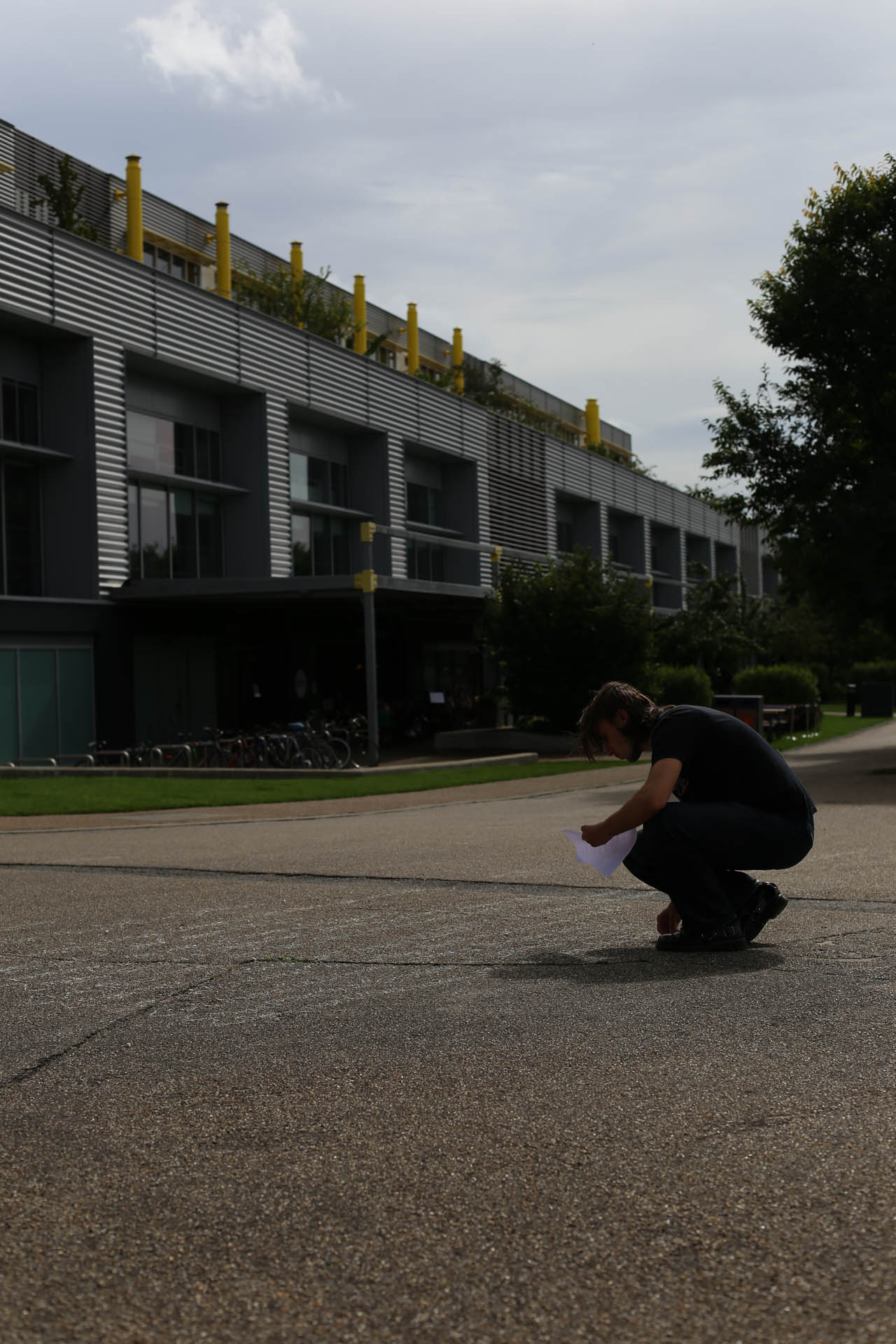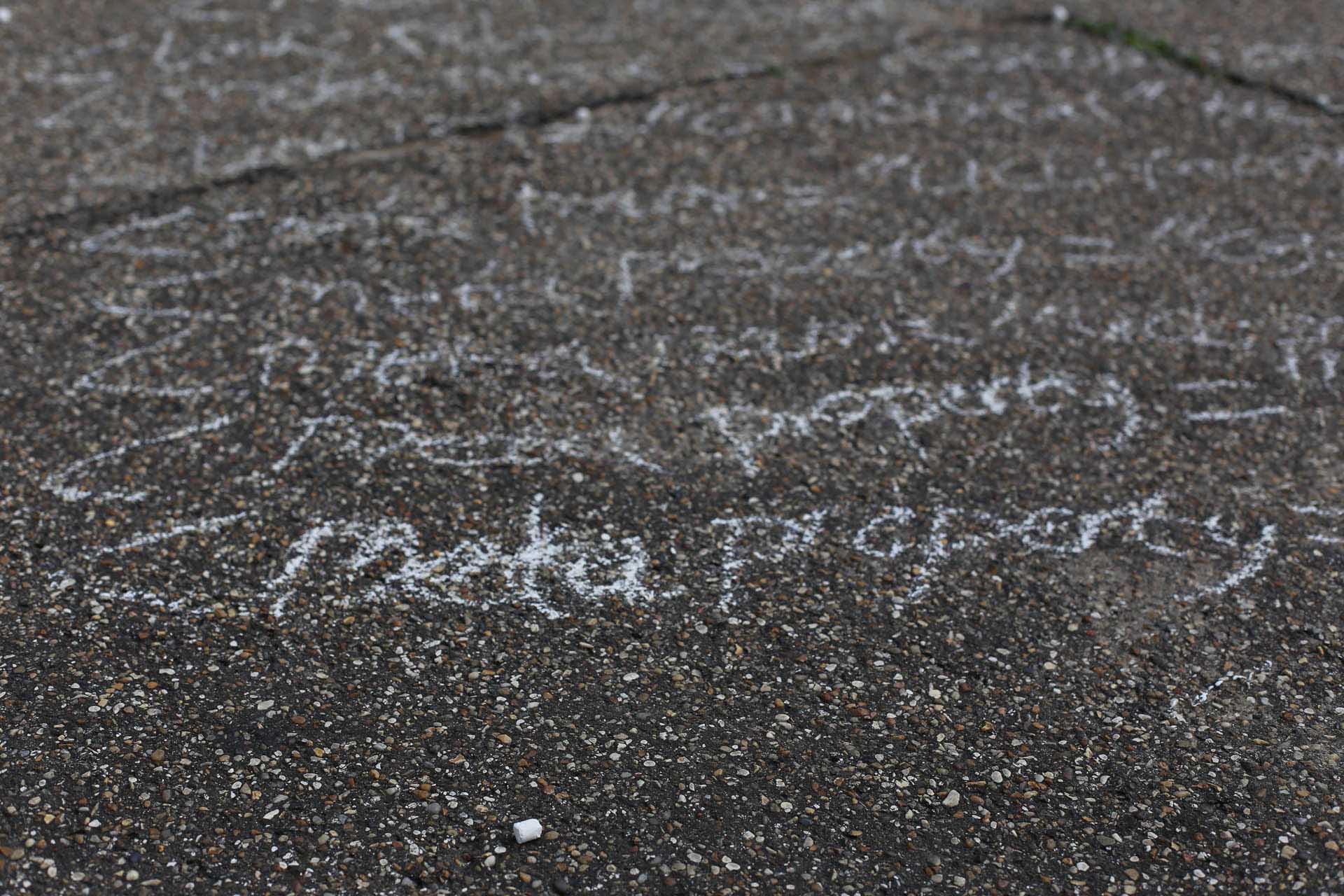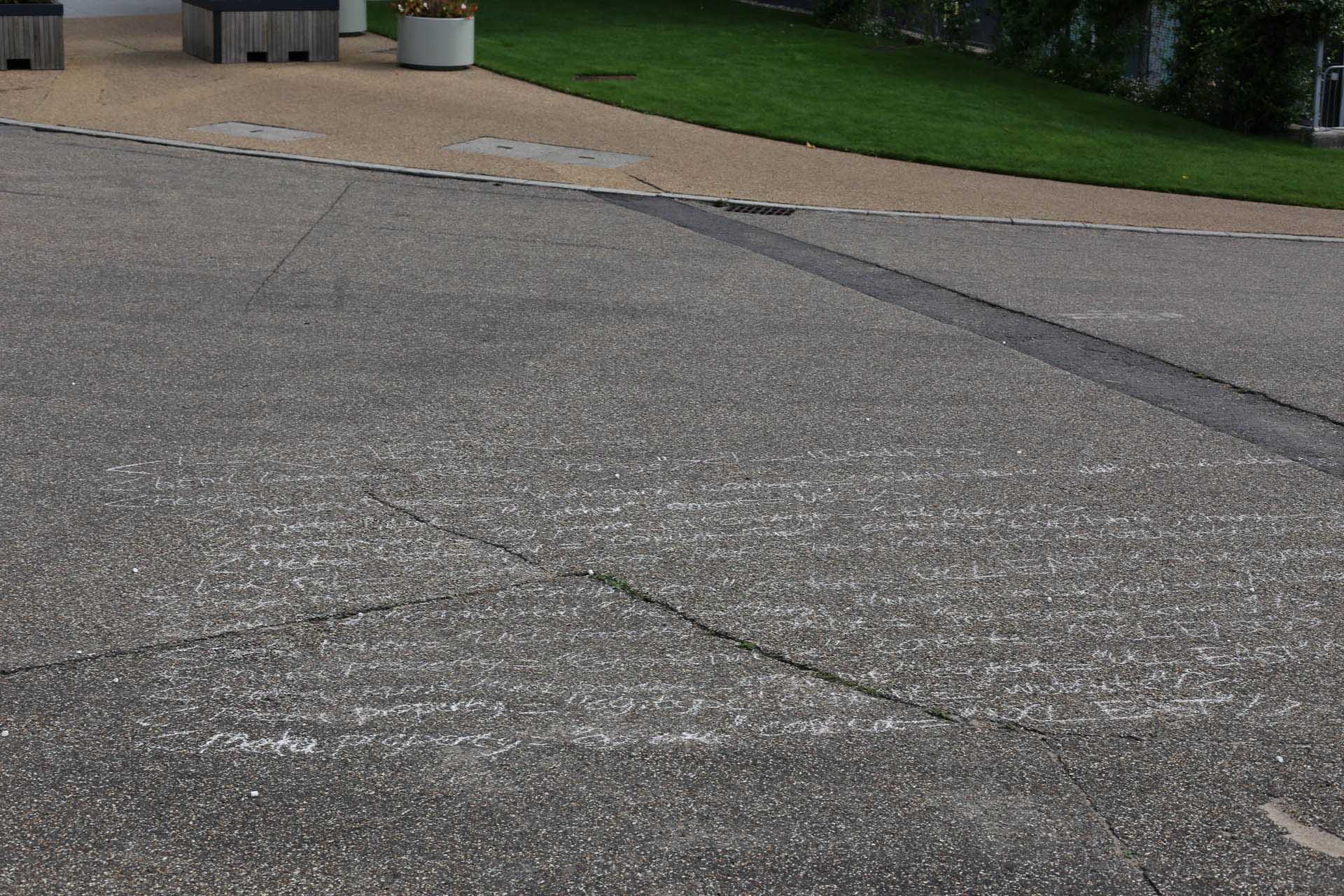Meta(property)
Julian Kowal + Alex Krook
With this project we were interested in notions of privacy and ownership in both analogue and digital spaces. In particular, we wanted to explore places that pose as public, when in fact they restrict those freedoms associated with public spaces. This applies across swathes of London, but we were interested in the area of the Olympic Park in the east which was promised extensive regeneration following the 2012 London Olympic Games and has witnessed various transformations (and lack-thereof) in the years since - including more recently the building of UCL’s new campus UCL East. UCL East currently has an outpost within the “ innovation and technology campus” of Here East, the former Olympic Park media centre, and the masking of this area as a ‘social hub’ mimicked the way in which private entities occupy the public digital domain with data tracking and hidden algorithms. Writing out the section of the code of the UCL website relating to UCL East was a way of shamelessly physically manifesting this digital information against its “real world” counterpart, within the tradition of temporarily marking on surfaces in public.
Our attempts at chalking the code in front of UCL East’s space were curtailed by security minutes after we had begun. We were told that any “professional” photography in the area needs Here East head office approval. Despite insisting we are UCL students, and demonstrating the temporary nature of the piece, we were told we would not be given permission to go ahead. Instead, we relocated to just outside the boundary of the Here East complex, where we were allowed to continue unmolested once we had passed a physically invisible line in the ground. UCL East’s owned metadata - “metaproperty of UCL” - was not permitted to be juxtaposed next to its real world counterpart, as this is located in corporatized property not owned by UCL. What UCL East and the wider developments in the Olympic Park mean for students, locals and the wider public remains to be seen.
Julian's Practice
My practice is often concerned with the ways in which we digest information, how the forms of interpretation differ between the objective and subjective. Often this process forces us to turn abstract signifiers into something that has an effect on the ‘real-world’, and with digital spaces having an ever more commanding role in our lives, we live in an unprecedented time of intangibility. With this in mind, I became interested in how web codes in particular shape this environment. Code reveals an underlying message, a manual for how the digital structure was formed, a series of symbols that translate into an image conveying information. Of course, visually the code and the website couldn’t be more different, and yet they are the same. One is a carefully arranged composition of words and images, brazenly promoting itself through any means possible, the other a never-ending line of almost random symbols, tucked away behind a secret keyboard shortcut.
Alex's Research
I was drawn to Julian’s practice as my own anthropological research touches upon both data ownership, and the perceived binary of "ephemeral" digital versus physical "real-world" spaces. Julian's initial concept of juxtaposing the metadata of locations against their IRL counterparts inspired the idea to add another layer: focussing on physical spaces whose ownership - whether public or private - is deliberately unclear. And as my own creative practice treads a line between digital and analogue photography, we introduced polaroid images alongside predominantly digital documentation.
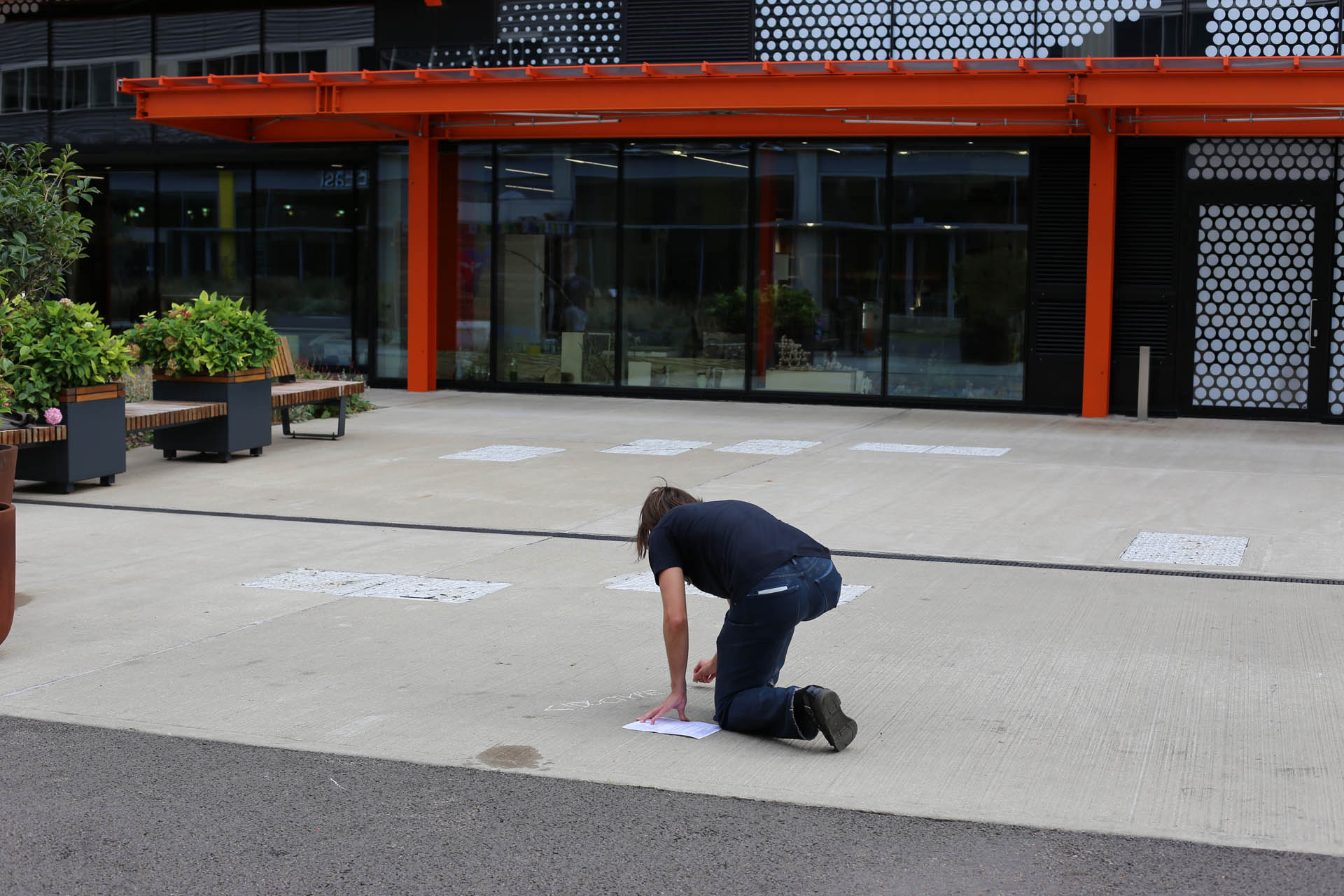
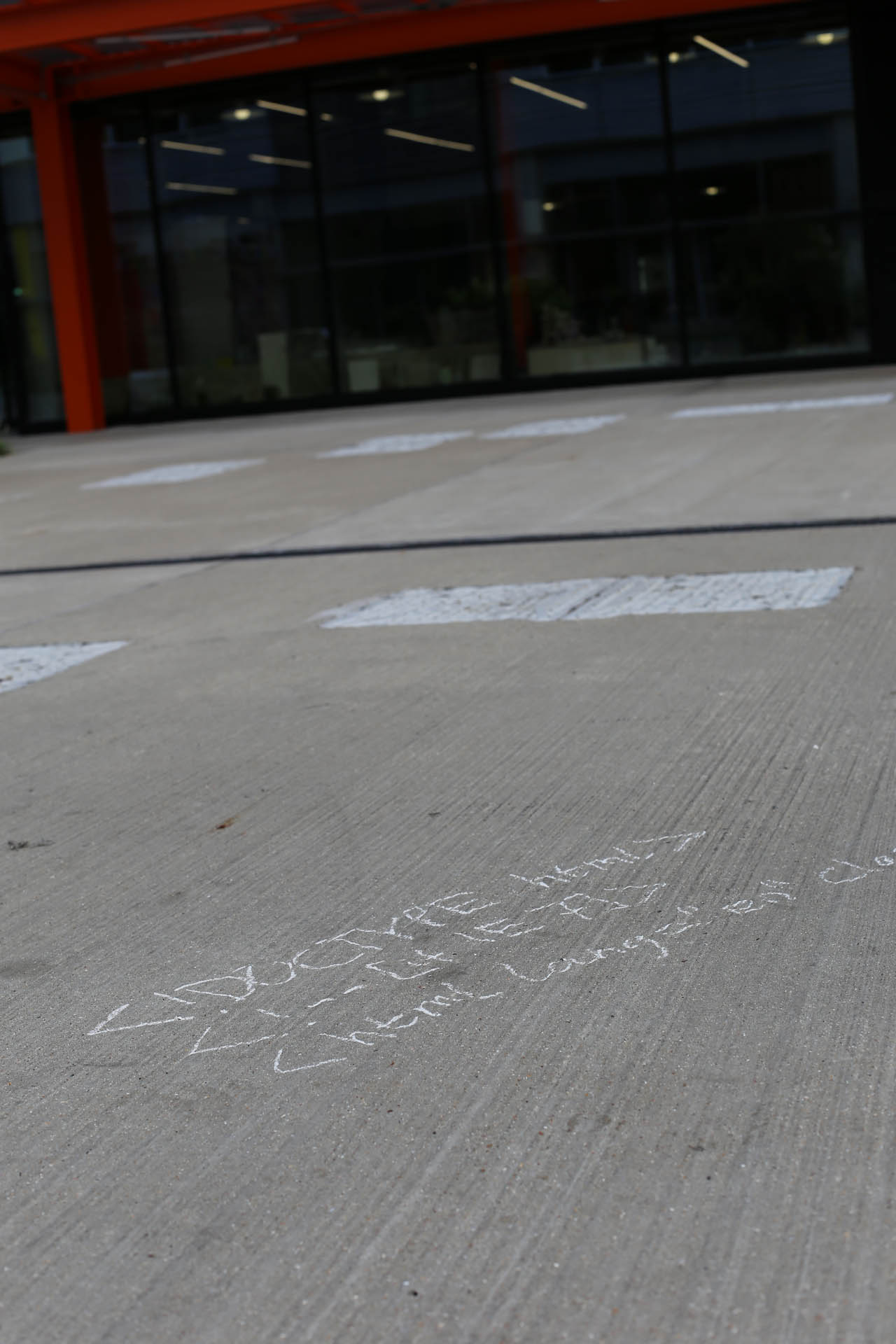
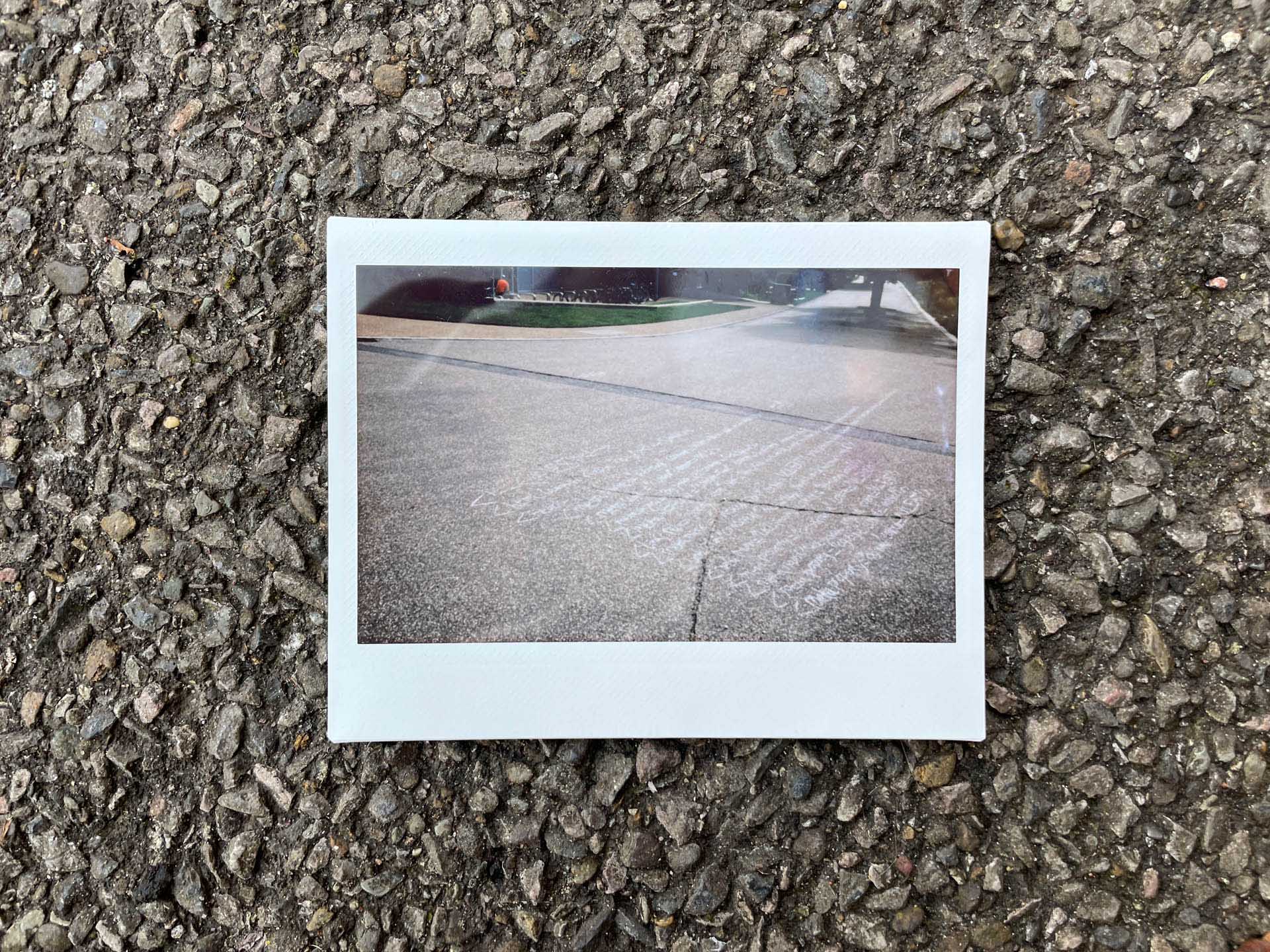
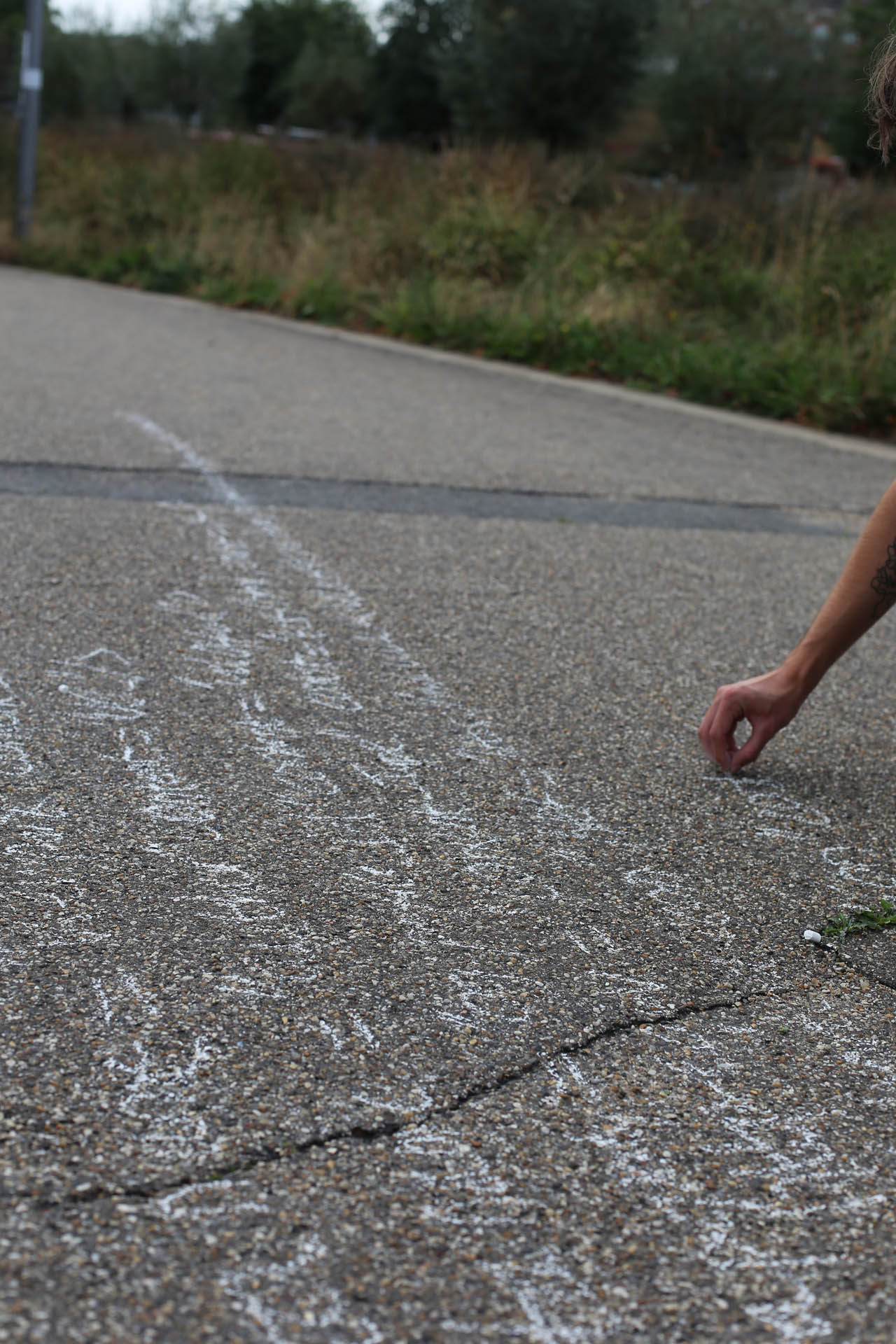
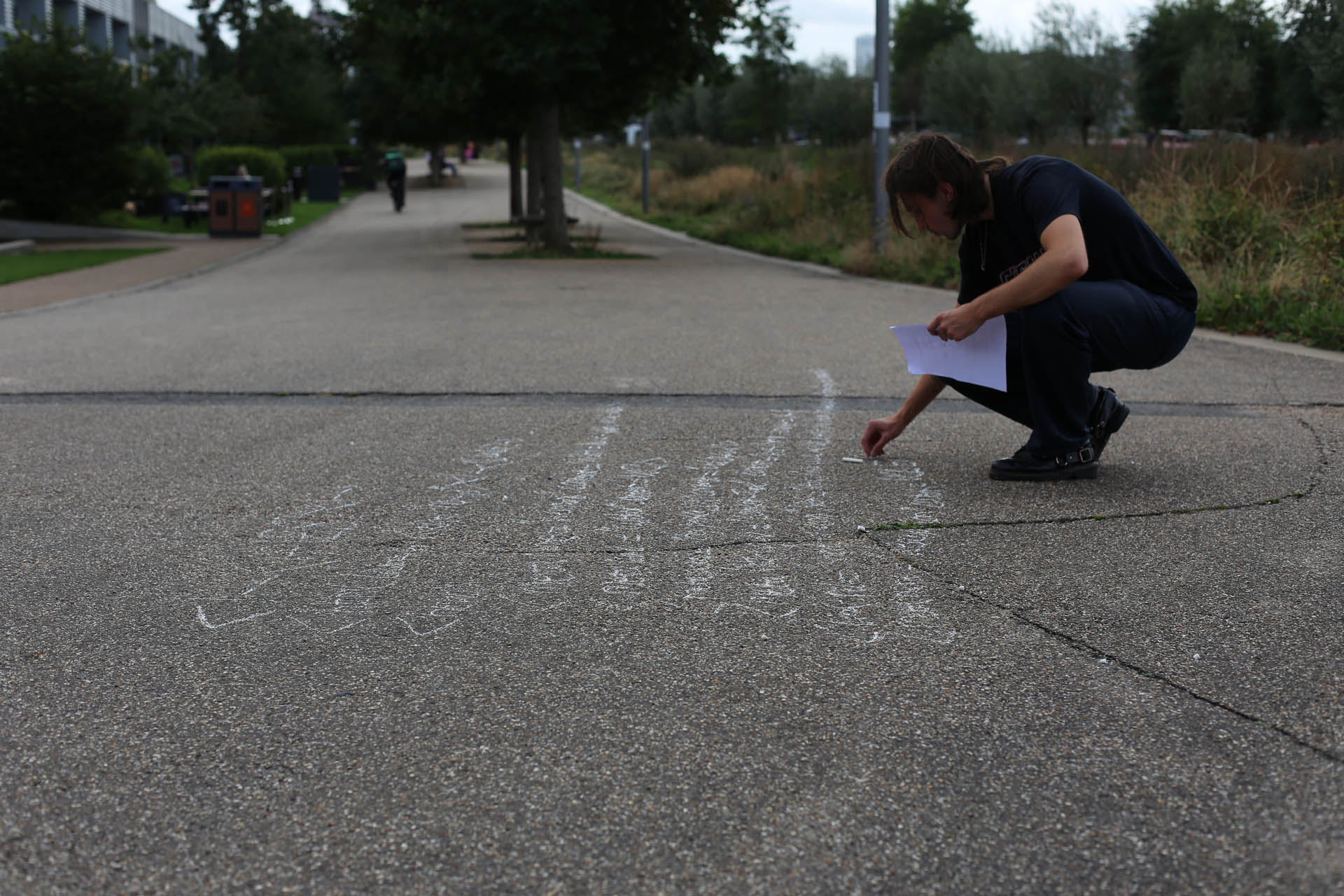

With this project we were interested in notions of privacy and ownership in both analogue and digital spaces. In particular, we wanted to explore places that pose as public, when in fact they restrict those freedoms associated with public spaces. This applies across swathes of London, but we were interested in the area of the Olympic Park in the east which was promised extensive regeneration following the 2012 London Olympic Games and has witnessed various transformations (and lack-thereof) in the years since - including more recently the building of UCL’s new campus UCL East. UCL East currently has an outpost within the “ innovation and technology campus” of Here East, the former Olympic Park media centre, and the masking of this area as a ‘social hub’ mimicked the way in which private entities occupy the public digital domain with data tracking and hidden algorithms. Writing out the section of the code of the UCL website relating to UCL East was a way of shamelessly physically manifesting this digital information against its “real world” counterpart, within the tradition of temporarily marking on surfaces in public.
Our attempts at chalking the code in front of UCL East’s space were curtailed by security minutes after we had begun. We were told that any “professional” photography in the area needs Here East head office approval. Despite insisting we are UCL students, and demonstrating the temporary nature of the piece, we were told we would not be given permission to go ahead. Instead, we relocated to just outside the boundary of the Here East complex, where we were allowed to continue unmolested once we had passed a physically invisible line in the ground. UCL East’s owned metadata - “metaproperty of UCL” - was not permitted to be juxtaposed next to its real world counterpart, as this is located in corporatized property not owned by UCL. What UCL East and the wider developments in the Olympic Park mean for students, locals and the wider public remains to be seen.
Julian's Practice
My practice is often concerned with the ways in which we digest information, how the forms of interpretation differ between the objective and subjective. Often this process forces us to turn abstract signifiers into something that has an effect on the ‘real-world’, and with digital spaces having an ever more commanding role in our lives, we live in an unprecedented time of intangibility. With this in mind, I became interested in how web codes in particular shape this environment. Code reveals an underlying message, a manual for how the digital structure was formed, a series of symbols that translate into an image conveying information. Of course, visually the code and the website couldn’t be more different, and yet they are the same. One is a carefully arranged composition of words and images, brazenly promoting itself through any means possible, the other a never-ending line of almost random symbols, tucked away behind a secret keyboard shortcut.
Alex's Research
I was drawn to Julian’s practice as my own research interests in digital anthropology have touched upon both data ownership and conceptions of false binaries between the digital and the analogue or “real-world”. His concept of juxtaposing the metadata of locations against their real-world counterparts sparked the idea of adding another layer in the form of spaces whose ownership - whether public or private - is masked. My own photography practice combines both digital and analogue photography, and I was interested in how we could incorporate this into the physical manifestation of digital code on its physical “real-world” counterpart - hence introducing a polaroid image alongside predominantly digital recording.

